Jack Russells: Feisty, funny, and the first dog in history to inspire a queen's coronation gown
Small, but mighty, the feisty Jack Russell is as popular as ever, not least as it’s The Queen Consort’s breed of choice. Fellow terrier owner India Sturgis recounts why these tiny tearaways remain so perennially appealing. Photographs by Sarah Farnsworth for Country Life.

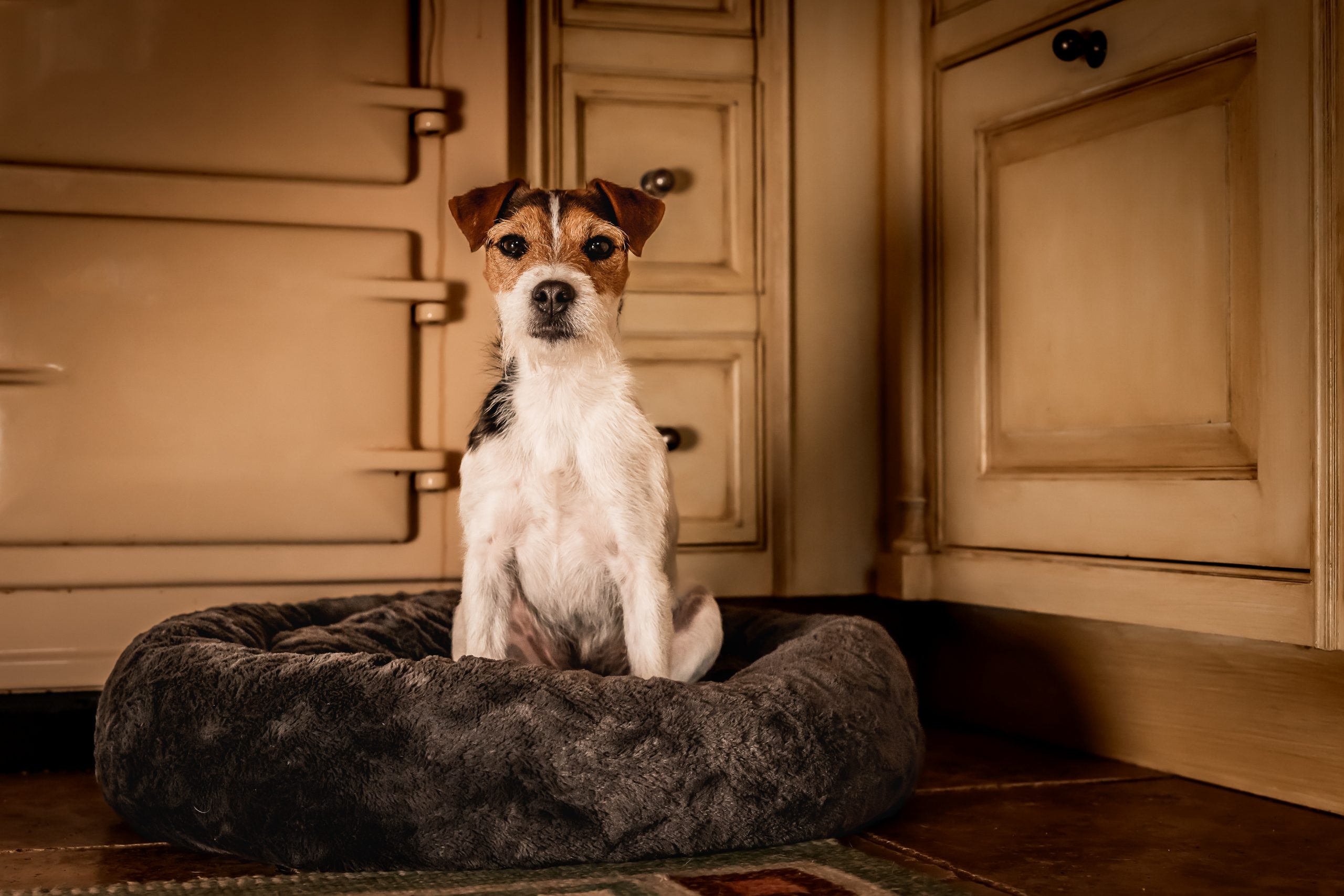
‘You can do just about anything with a Jack Russell,’ declares Greg Mousley, of Meynell Sundance Jack Russell Terriers, a renowned breeder of 50 years. ‘They are the most intelligent canine ever.’ To prove his point, Mr Mousley’s best trick, when working as a professional mounted terrierman for the Meynell and South Staffordshire foxhounds for 35 years, was to carry a Jack Russell — Digger or Axeman — in a specially made bag when out hunting. ‘The dog sat in front of me with the bag resting on the pommel of the saddle,’ he explains. ‘I used to jump, too, no problem; we’d jump a gate, anything. They loved it.’
Those familiar with the breed may not be surprised by their resilience, tenacity and working instinct. Jack Russells are tough, rambunctious and highly intelligent dogs — if occasionally able to push the limit of affection with their eccentricities, peccadillos and fighting spirit at a picnic.
Camilla, The Queen Consort, and her Jack Russells
So deep is the affection of Queen Camilla for her Jack Russells that she had an image of them sewn in to the dress she wore on the day of her coronation at Westminster Abbey:
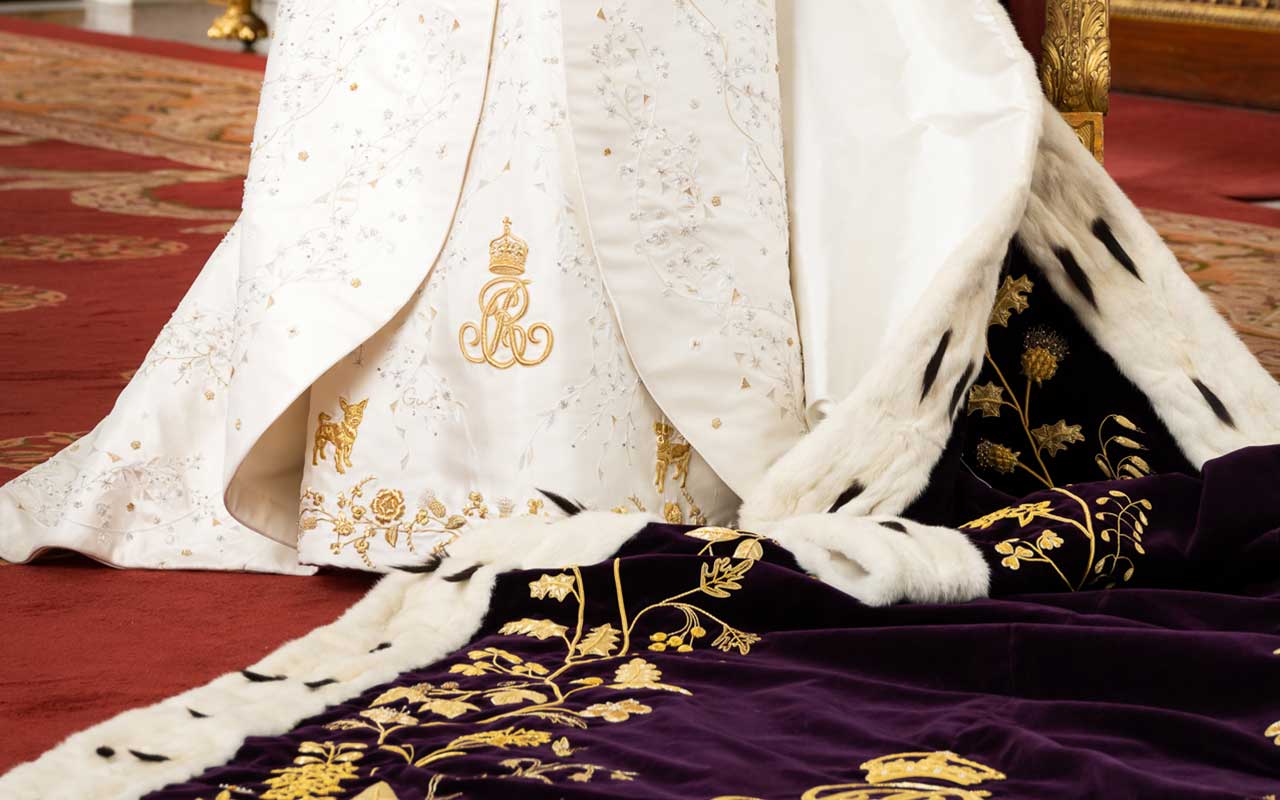
‘My own dogs, Beth and Bluebell, cannot claim to have saved any lives, but I am, nonetheless, very proud of their resilience,' The Queen Consort wrote in Top Dogs: A British Love Affair (Triglyph Books, £60). ‘I adopted them from Battersea several years ago. Beth came from a family who could no longer care for her and poor Bluebell had been found abandoned in the woods, three weeks old, starving, covered in sores, with a docked tail and just a few patches of fur.
'Battersea nursed her back to health and I fell in love with her when I visited their brilliant centre in 2012. They are both colourful characters — and now I cannot imagine my life, my home or my sofas without them.’
Her Majesty also accorded the dogs the honour of putting them on the frontispiece of Country Life when she guest-edited the magazine in July 2022:
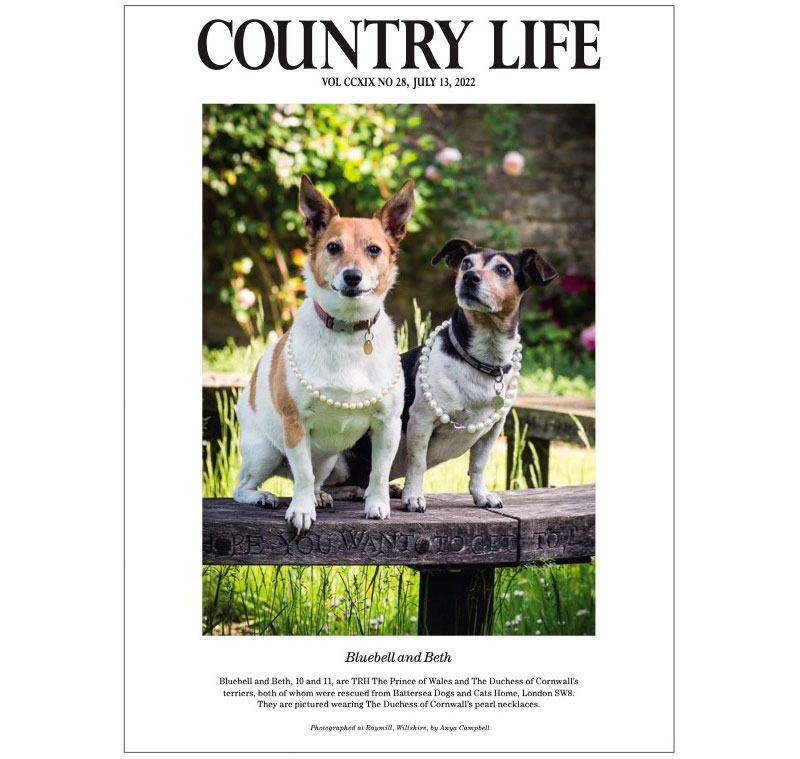
The story of the Jack Russell
The terrier’s irrepressible self-confidence was noted long before the arrival of the strain familiar today. In AD207, the Greek poet Oppian wrote about small, underground hunting dogs, ‘work-limbed and black-eyed’, that were ‘flanked with no flesh and bristled with rough hairs’. There are records of ‘small curres that fallen to be terryers’ from the 14th century and Louis XI of France was reputed to have demanded that, during his final illness in 1483, cur dogs be introduced to his bedchamber to entertain him with rat hunts.
Exquisite houses, the beauty of Nature, and how to get the most from your life, straight to your inbox.
However, it was when, in 1815, the Revd John ‘Jack’ Russell, an enthusiastic hunting man and dog breeder known as the Sporting Parson, fell in love at first sight with tri-coloured milkman’s terrier Trump that the familiar breed came into being. She was probably closer to the Parson Russell terrier, similar in proportion to the modern Jack, but with a slightly larger frame and longer legs. Purchasing Trump from the milkman, Revd Russell bred from her to great effect, prioritising the mettle to face, but not attack, a fox, strong back legs for digging, stamina and a predominantly white coat to differentiate it from the quarry it was pursuing.
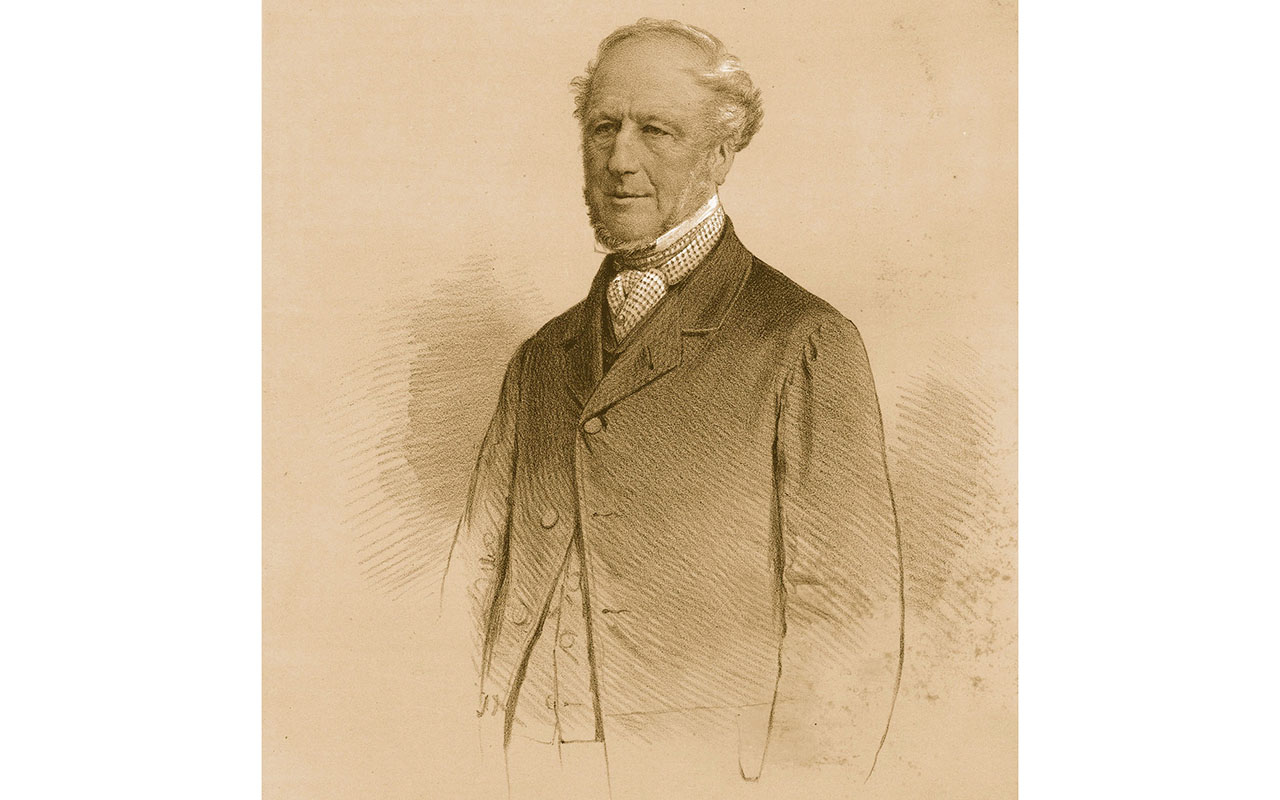
Jack Russells are shorter and stockier, yet still speedy enough to keep up with foxhounds on exercise, their legs firing like pistons. Both Parson and Jack Russells may be smooth, rough or broken-coated.
Now, the notoriously pesky terrier is once more gaining popularity outside of working circles. According to the Kennel Club (KC), the number of registered Jack Russell dogs rose by 71% in the second quarter of 2022 compared with the previous year and 37% in the third.
Many attribute this to their arrival at Buckingham Palace, where they usurped the corgis. They were brought in by the new King and The Queen Consort, who own two Jack Russells — the aforementioned Bluebell and Beth. But it is not just Queen Camilla who adores them: The King has been a fan of the breed for decades, owning two — Pooh and Tigga — in the 1990s and 2000s. The former made headlines for, sadly, disappearing during a walk at Balmoral. Tigga, who lived to 18 and is buried at Highgrove in Gloucestershire, was immortalised by sculptor Emma Stothard, via a willow sculpture in the gardens.
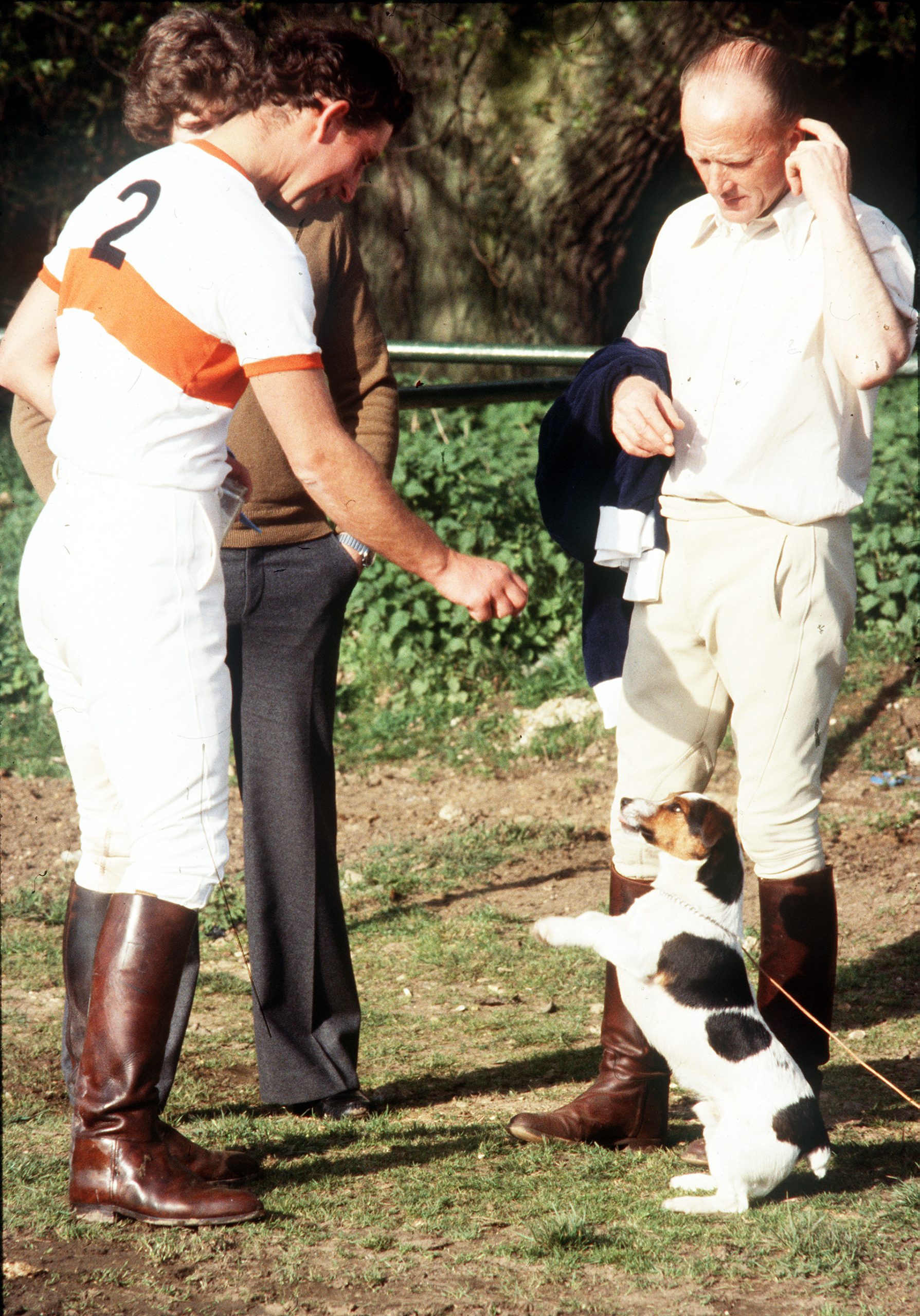
In 2016, Jack Russells were given another boost when they gained official recognition by the KC. ‘In the show world, they are becoming very popular,’ enthuses Geoff Corish, founder and chairman of the Jack Russell Terrier Club. ‘The working type of Jack Russell has had a reputation of being a bit feisty and sharp. Today, Jack Russell terriers are strong little dogs, but easier to get on with, great with children and just as motivated.’
Lady Ralph Kerr, owner of two Parson Russells — Tuppence and Puffin — agrees they’re ‘affectionate, biddable, intelligent and wonderful dogs’ — but not for everyone.
‘It’s important that they get into the right hands. They need a lot of love and a very firm hand at the same time — a bit like a child. Put in a lot and you get out a lot.’ Hers have the run of Melbourne Hall in Derbyshire (although they are not allowed on sofas). Tuppence, Puffin’s granddaughter, explores alongside hens, pigs, pygmy goats and alpacas at Melbourne’s family zoo and has even been known to round up sheep. Puffin, in her younger days, went running and riding with Lady Kerr, but is best known for her nose. During a family visit to Scotland, Lady Kerr’s daughter’s Jack Russell, Bella, went missing, causing much alarm. Three days later, Puffin found her and dug her out of a badger sett.
‘They weren’t ever the best of friends,’ admits Lady Kerr, ‘but Puffin got her out. My other daughter and I were standing in the kitchen wondering how we were going to tell her sister that her dog had been killed by a badger, when there was a familiar yap at the door. Their fur was in the wrong direction and they were covered in sand and earth. They are remarkably tough.’
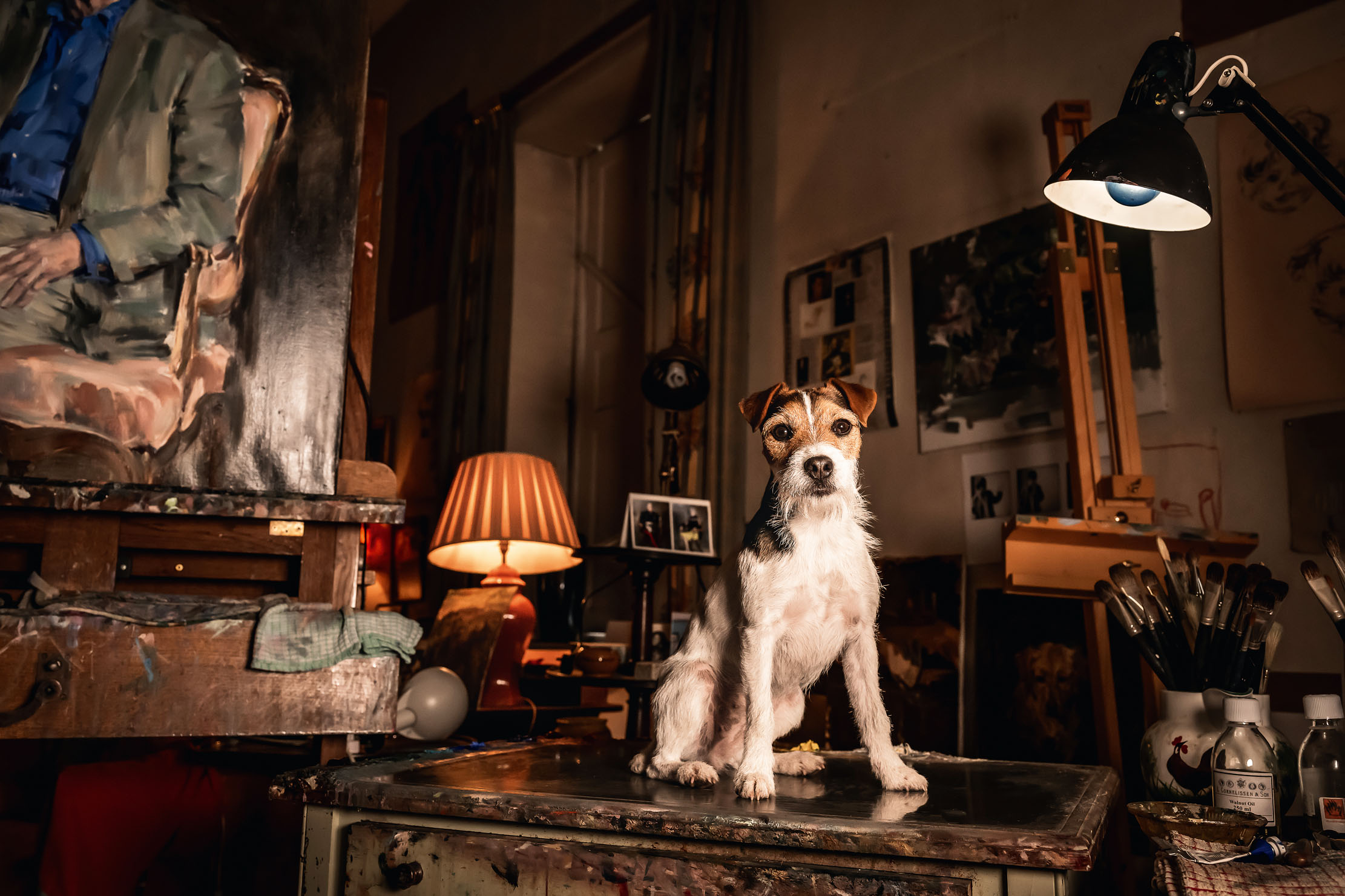
The desire to go underground, although helpful when hunting and tracking, does have its downsides. Caroline Gathorne-Hardy, Countess of Cranbrook, has had Jack Russells for half a century and suffered the tragedy of losing three down, she believes, warrens, burrows, sets or disused pipes. ‘At one point, I had three generations — Solo, the grandmother; Tahra, the mother; and Domino, the granddaughter,’ she recounts. ‘Mother and daughter were inveterate hunters and would look alertly and confidingly at each other and go off together.’
She remembers a particularly alarming three weeks when 11-month-old Domino vanished chasing a rabbit near their home at Great Glemham House, Suffolk. ‘She reappeared on the lawn after Storm Jude uprooted several trees and must have released her from where she was buried. It seemed so improbable that she survived so long underground. Her claws were worn down, she was incredibly skinny and veterinary friends believed she was kept alive by water dripping through the sandy soil.’ Her last dog died of old age two years ago and Lady Cranbrook isn’t yet planning her replacement. ‘I would so love another, but it would be a continual worry as we now live near a public road.’
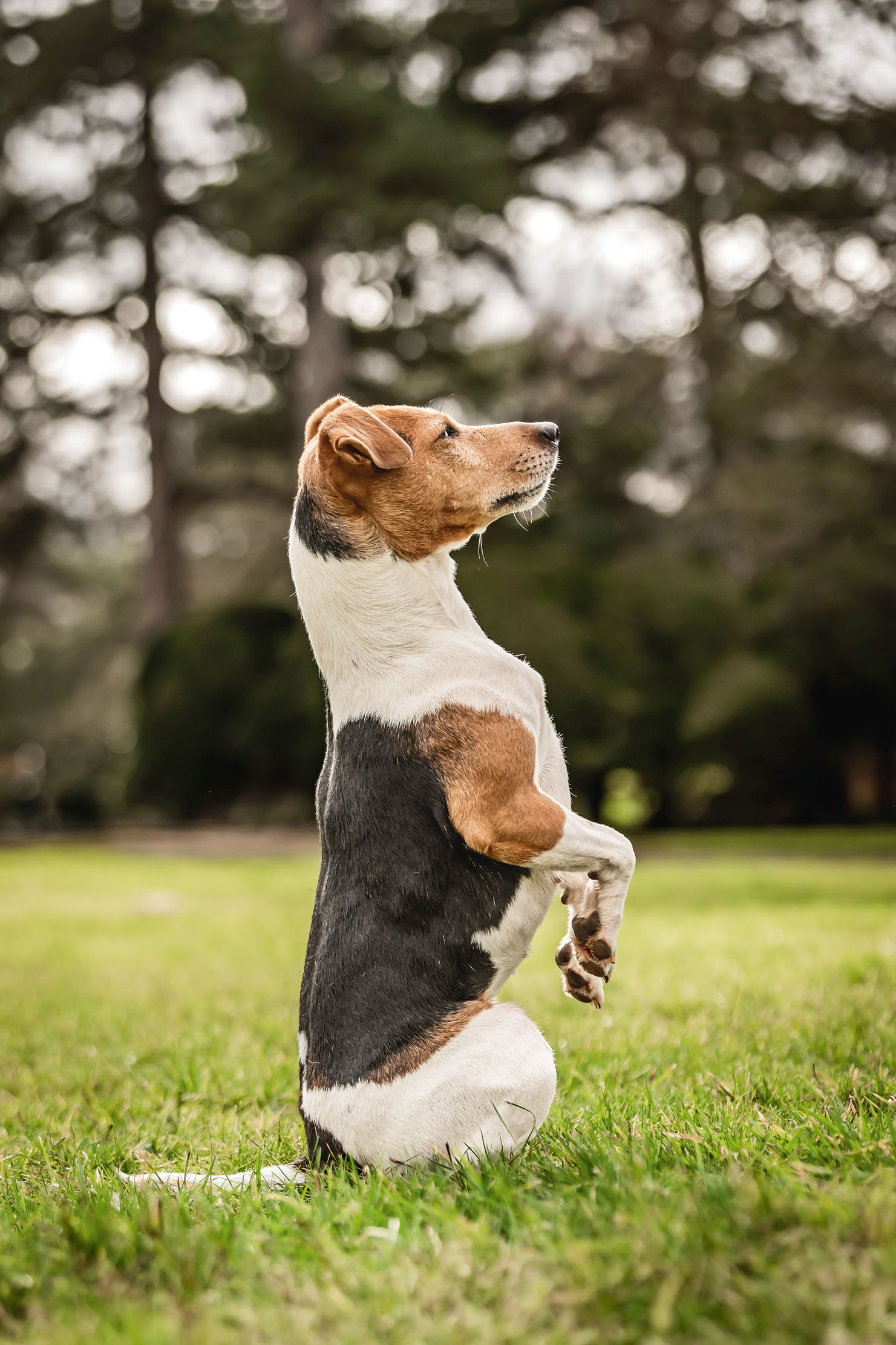
For all their japes, it’s a Jack Russell’s bravery and spirit for which they are most loved. No more so than Sir Ranulph Fiennes’s late terrier, Bothie, who is the only dog to have visited both the North and South Pole. He joined Sir Ranulph and his late wife, Virginia, on their Transglobe Expedition in 1979, facing down a moose, Arctic wolves, an Adélie penguin and skidoos during the three-year trip.
‘A mongrel he undoubtedly was,’ recalls Sir Ranulph in his memoir Bothie the Polar Dog, ‘and a stubborn-minded, non-house-trained, contrary-souled, yappy-voiced one at that. But, he was also Bothie, who has made us laugh, given us something to love and talk to during those long difficult months.’
Today, he praises Jack Russells’ ‘lovely, quirky behaviour and unpredictability’ and says Bothie was ‘one of the family’. Although open to having another, he has no plans right now to get one.
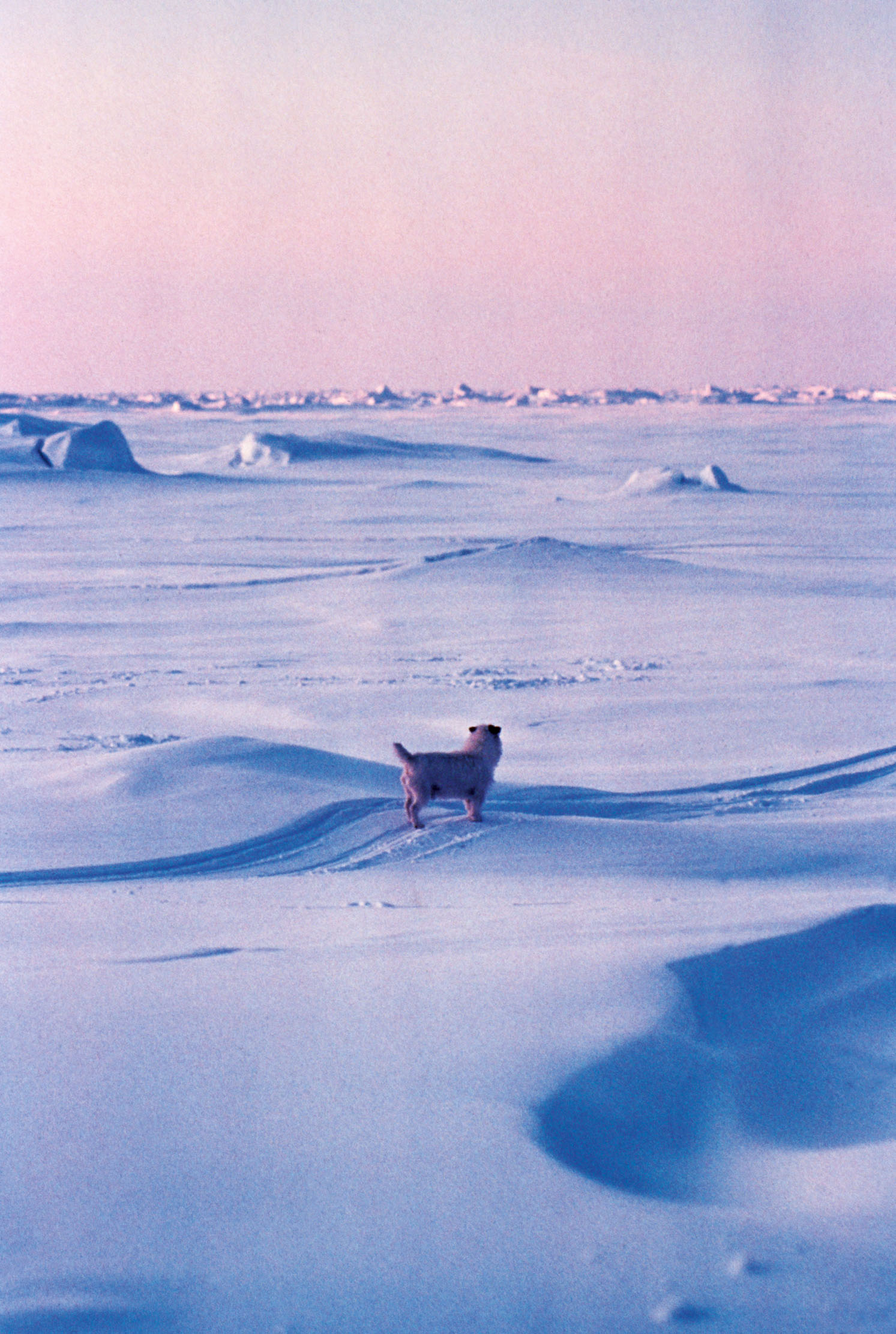
For my part, I wouldn’t swap my one-year-old Jack Russell — Thimble — for all the breeds in the world. She jumps on the kitchen table, barks at our windscreen wipers, launches herself at the windows on seeing birds, yet remains the smartest, most loyal, funniest, companionable and affectionate of her kind.
‘Lots of people are really enjoying the breed,’ acknowledges Mr Corish. ‘They are going to be a major force in the terrier world for a long time.’
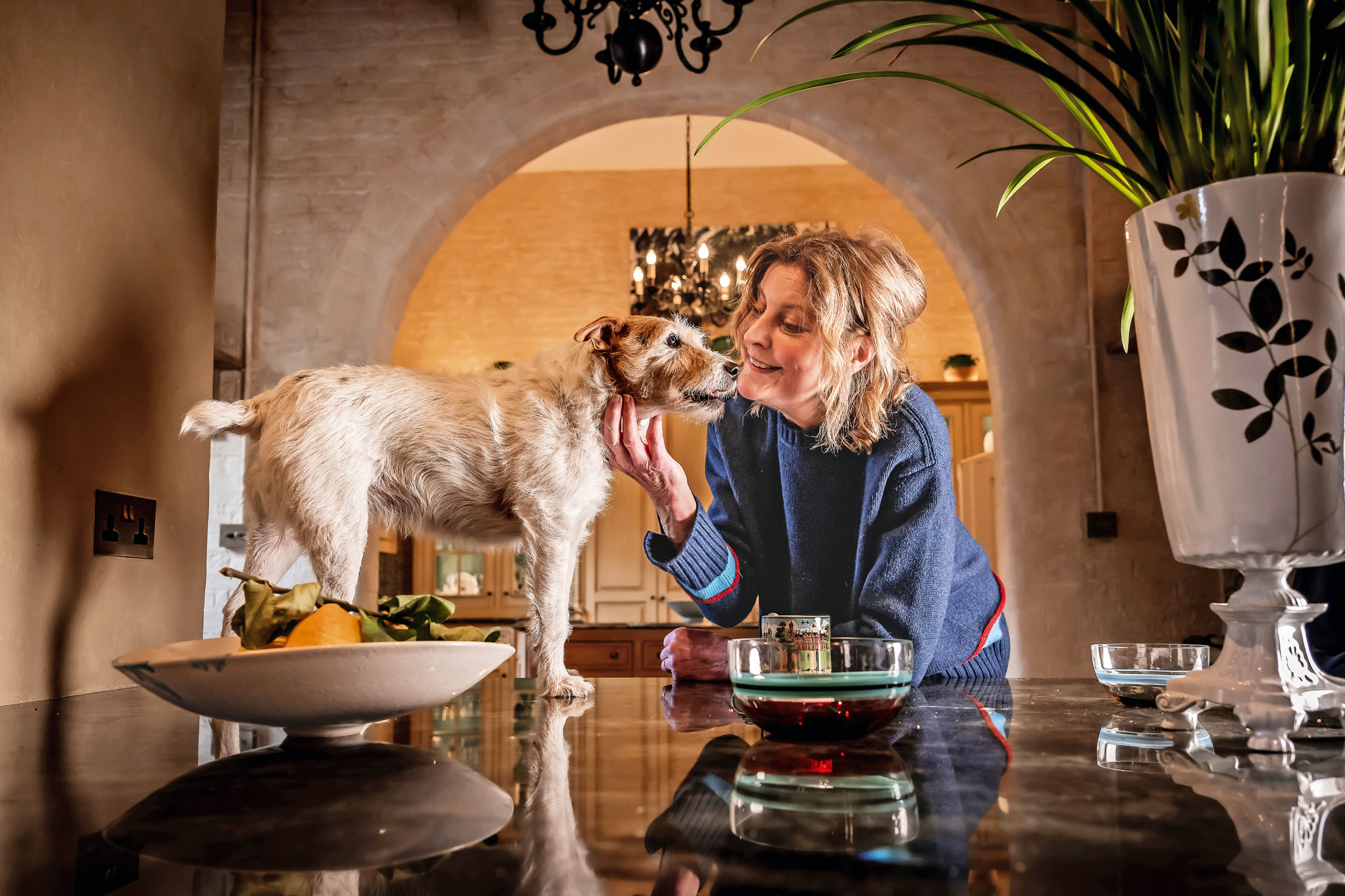
The Jack Russell through the ages
1815
John ‘Jack’ Russell, later Revd, buys a small tan and white terrier bitch, called Trump, from a passing milkman during his last year at Oxford University. The dog is described as white with a tan patch at the root of her tail and similar eye patches, and becomes the foundation bitch for his breeding program
1904
Breeder Arthur Heinemann drafts a standard for the breed. He adopts the newly developed dog type from Revd Russell and breeds them to hunt foxes, badgers and otters
1960–1970s
Jack Russells are taken from Britain to Australia. In 1972, the Jack Russell Terrier Club of Australia is founded and the breed is developed and first seen in a show ring
1982
Bothie becomes the first dog to travel to the North and South Pole, together with his owners Sir Ranulph and Lady (Ginny) Fiennes
1990
The Kennel Club officially recognises the Parson Jack Russell Terrier (in 1999, the name changes to Parson Russell Terrier to better distinguish it from Jack Russell Terriers)
2016
The Kennel Club officially recognises the Jack Russell Terrier
2017
The first Jack Russell wins a Crufts rosette
2022
Susan Lee, a 61-year-old woman in Vermont, survives a bear attack when her Jack Russell used ‘ninja moves’ to hold him back, according to a game warden who responded to the incident
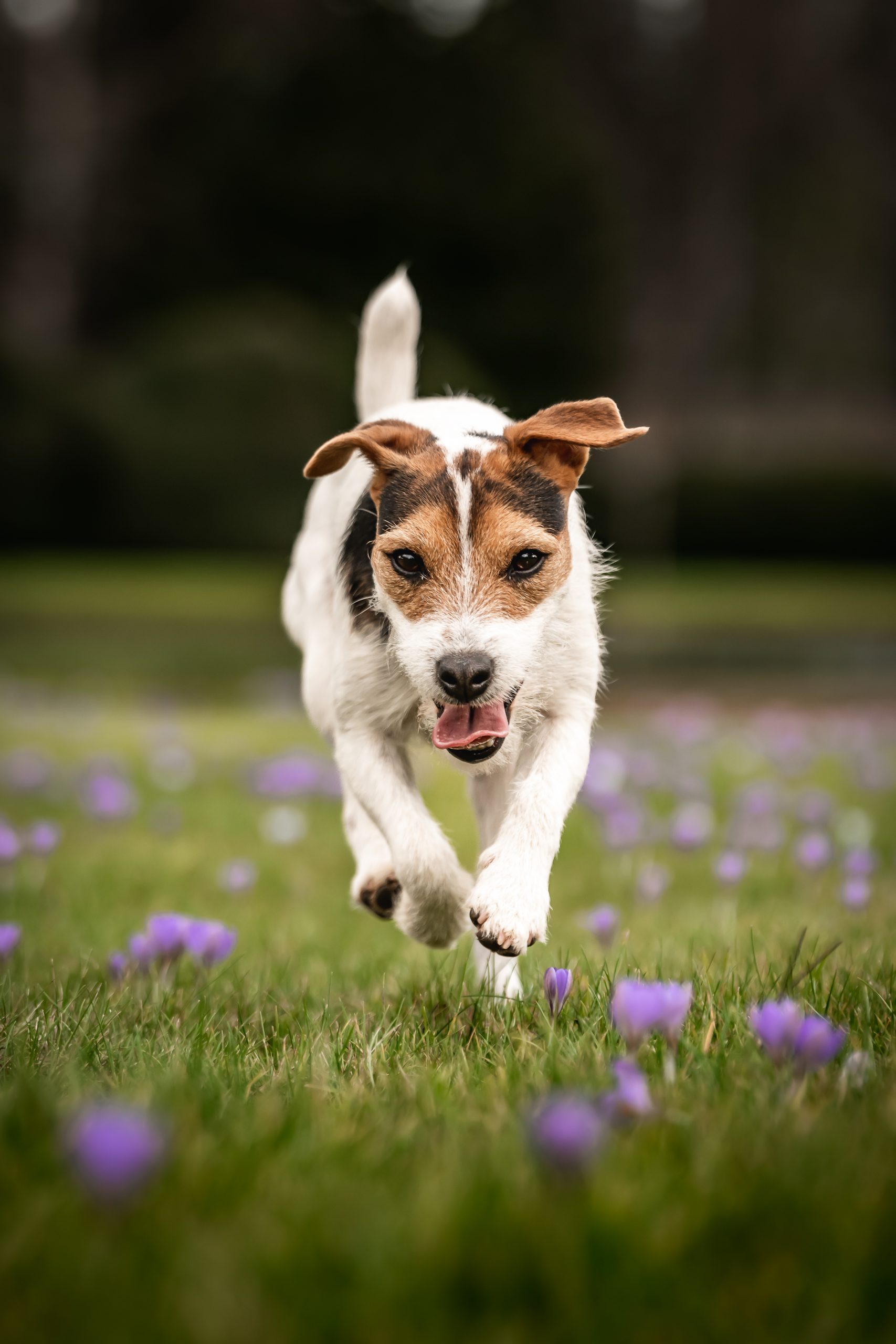

Credit: Getty
What to do if your dog keeps barking when you leave the house, by A-list trainer Ben Randall
The unconditional love of a dog is a wonderful thing, but when they get so attached that they can't bear
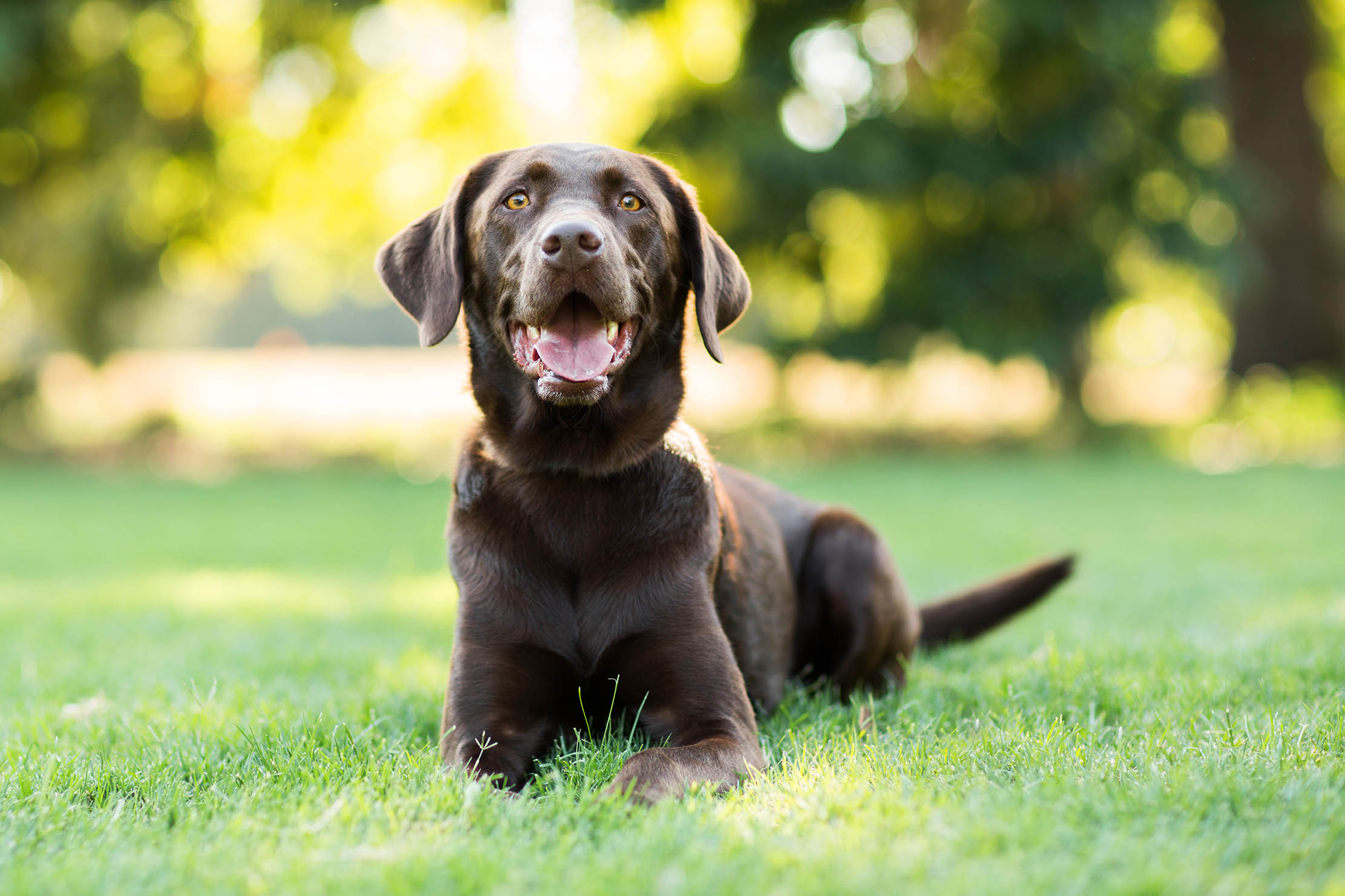
Credit: Getty Images
You don't need to teach your dog to lie down, but you do need to nail the 'sit' command — by top trainer Ben Randall
A reader writes this week to ask Ben how to persuade her dog to lie down on command — but is
Country Life is unlike any other magazine: the only glossy weekly on the newsstand and the only magazine that has been guest-edited by His Majesty The King not once, but twice. It is a celebration of modern rural life and all its diverse joys and pleasures — that was first published in Queen Victoria's Diamond Jubilee year. Our eclectic mixture of witty and informative content — from the most up-to-date property news and commentary and a coveted glimpse inside some of the UK's best houses and gardens, to gardening, the arts and interior design, written by experts in their field — still cannot be found in print or online, anywhere else.
